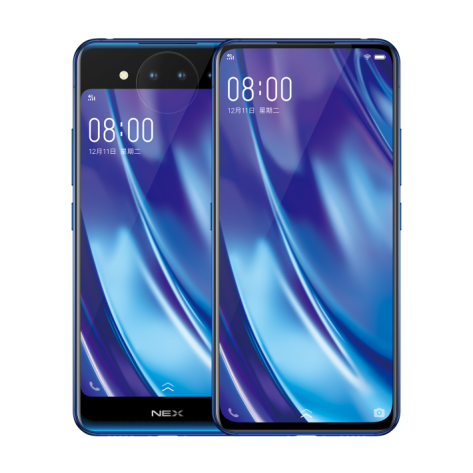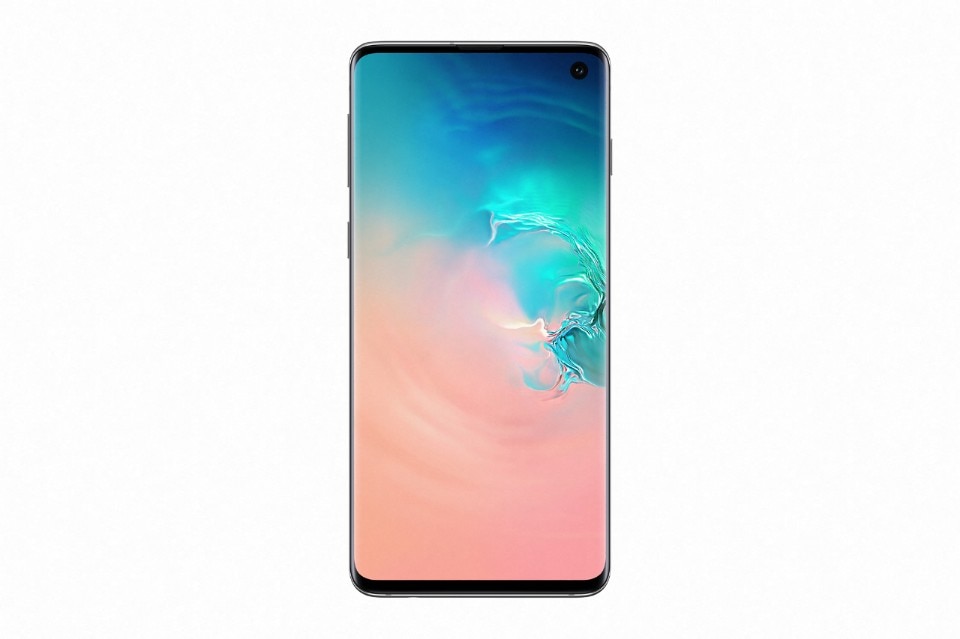The notch is beginning to become a thing of the past, and there are many coming up with new solutions to avoid the black gap which has characterised smartphone displays over the past three years. Made famous by the iPhone X and the Essential Phone in 2017, the black notch had two purposes. One the one hand it offered the possibility of adding frontal elements to the telephone such as cameras and sensors for facial detection without stealing too many pixels. On the other, more cunningly, it allowed manufacturers to increase the declared size of the display, even though the actual surface area remained more or less the same (the size in inches of a display is in fact calculated diagonally).
In any case, after two years during which we have seen it in a whole range of forms, the notch is about to disappear, and the solutions emerging to avoid it are as wide-ranging as possible. An initial idea came at the end of last year with the Vivo Nex. The Chinese smartphone carried a pop-up camera, a digital eye which emerged from the case when needed. This allowed the manufacturer to have a truly all-screen telephone, but this up-and-down mechanism left people a little perplexed. Being a very fragile mechanical component, it is hard to say how long it would have resisted continuous use.
Word has it that the same technology will also be adopted by the upcoming OnePlus model 7. Until now, no official confirmation has been issued, it is presumed that the telephone will not be released until May, but the adoption of a similar system by one of the leaders of the sector makes us think that many others will follow suit. After all, we shouldn’t forget that the pop-up camera is one of the two systems (we will come to the other in a moment) which guarantees a display without notches, holes or other alien elements.

Vivo has also found another solution, a dual display. Its Vivo Nex Dual Display is a double-fronted phone. On one side we have a telephone with a screen covering the whole available surface. On the other are the cameras and a second smaller and less-defined display. When the main display is used, the two lenses serve as rear cameras, and when the device is turned around, they are selfie cameras. The same idea is also used on the Nubia X.
A variation on the theme is the pinhole. The most important representative of the sector making use of this is the Galaxy S10, presented last month. In the upper left-hand corner of its large screen is a little hole surrounded by pixels. It is practically invisible and, all things considered, is not that disturbing. With games and films it is like having a few non-working pixels on the screen and considering that we are talking about a six-inch surface, it is easy to get used to. The pinhole is much more evident on its bigger brother, the S10+. Here, there are two front cameras, and consequently rather than a pinhole we have a small notch in the midst of pixels.

We now come to the second system which allows for a full-screen telephone: the sliding camera. In this case, the rear of the case slides upwards, revealing the camera set inside. On the plus side we have a display free of all disturbances but, as is the case with the pop-up camera, the mechanism could quickly wear out or jam. Furthermore, unlike pop-up cameras, the user has to manually slide the back up. In any case, this solution is already on the market thanks to devices such as the Oppo Find X, the Honor Magic 2, the Xiaomi Mi Mix 3 and the Lenovo Z5 Pro, all devices which boast a screen-case ratio which reaches as much as 95 percent.
It is hard to say which of these solutions will be the real winner. For now the various brands continue to experiment with various solutions, trying to attract the attention of users and beat the competition. In particular, all the attention is on the next iPhone, which will come out in the Autumn. After all, the reputed father of the notch is the iPhone X, and it is probable that the next Apple device will set off a whole new wave of emulation.












